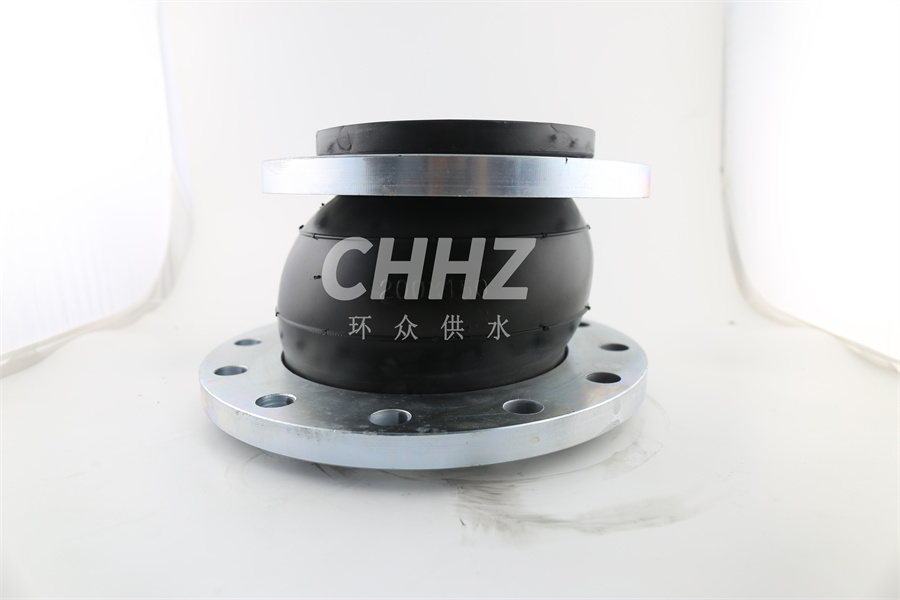Inspection of reducer rubber joints
Inspection of reducer rubber joints
Check whether there are scratches, cracks and other defects on the surface of the reducer rubber joint, the presence of these defects will cause serious leakage of the reducer rubber joint. Check whether the sealing surface is flat. If the sealing surface is not flat, the pressure water will enter the leakage of the assembled reducing rubber joint.
Check the gap between the reducing rubber joint and the shaft or sleeve. The inner diameter of the reducing rubber joint is generally 1~2mm larger than the shaft diameter, and for the movable ring, the inner diameter is 0.5mm~1mm larger than the shaft diameter to ensure the floatability, which is used to compensate for the vibration and deflection of the shaft, but the gap cannot be too large, otherwise the sealing ring of the reducing rubber joint will be stuck in and cause the destruction of the sealing function of the reducing rubber joint.
The sealing force of the rubber joint is calibrated. We usually talk about the sealing force of the rubber joint is also known as the end surface pressure, the end surface pressure should be appropriate, too large, will make the sealing friction surface of the rubber joint heat, accelerate the end wear, increase the friction power; too small, easy to leak.
When the reducer rubber joint is connected to the pipe flange, the bolt screw should be extended to one end of the pipe flange to prevent the thread from squeezing or piercing the arch of the rubber joint during the compression and expansion process. The bolts at each end shall be tightened symmetrically with pressure so that all bolts are loosened and tightened consistently. In places where the use conditions are harsh, in addition to adding flat pads, spring washers should be added to prevent the nuts from loosening.
Sometimes there are different kinds of failures in the reinforcement layer of bendable concentric reducer rubber joints. Sometimes the bendable concentric reducer rubber joint ruptures, peel off the outer rubber layer for inspection and find that the woven steel wire near the rupture is rusty, which is mainly due to the layer being subject to moisture or corrosive substances, weakening the strength of the bendable concentric reducer rubber joint and leading to rupture at high pressure.
